A gunshot explodes through the rainforest, followed by what sounds like branches falling from a tree. A dog barks.
“Tito, did I hit it?” a man asks his companion in Spanish. “Oh yes, I did hit it. Look, there is blood dripping. I shot it from over there.”
These sounds were recorded on an acoustical monitoring unit deployed by Panthera, a wild cat conservation organization, in Guatemala’s Sierra Caral National Protected Area, a region close to the Honduras border.
“We believe they shot an animal that was up the trees,” Franklin Castañeda, Panthera’s Honduras director, told Mongabay. “I’m guessing it could have been a monkey or some kind of great curassow bird.”
In 2017, Panthera started using acoustical monitoring systems to help strengthen its anti-poaching patrols in three protected areas: Honduras’s Cusuco and Jeannette Kawas national parks, and Guatemala’s Sierra Caral National Protected Area. Now that the program has been running for four years, Castañeda says he can see its positive effect in the organization’s patrolling efforts. For instance, in August 2020, authorities were able to arrest three poachers in Honduras based on acoustical information, according to Panthera.
“The acoustic monitoring is a tool [that] gives us … information to improve patrols, to make them more effective,” Castañeda said. “For example, we now know that poachers are preparing [to go out on] dark nights when the moon is not out. How do we know that? We know that because … we hear a lot more shot guns on the dark nights. We rarely ever hear shot guns when we have a full moon.”
While any kind of illegal hunting is a concern, the Panthera team is particularly worried about the jaguar (Panthera onca), a species threatened by habitat destruction, poaching and wildlife trafficking throughout Central and South America. Jaguar conservation is especially important in Guatemala and Honduras because these regions help maintain genetic diversity across the jaguar corridor, which connects core jaguar populations between Mexico and Argentina, according to Panthera.

“Pulling up a map of Central America, and knowing that the species is extinct in El Salvador, you can see how crucial the landscapes of Honduras and Guatemala are for the survival of the jaguar,” Howard Quigley, conservation science executive director and jaguar program director for Panthera, told Mongabay in an emailed statement. “If we fail to protect jaguars and their habitats in these countries, it will sever the connection of jaguar genes and populations living in Central America and South America. The genetic data already show an effect between jaguars in Mexico and jaguars in Honduras and [the] south.”
It’s estimated that there are about 1,000 jaguars in Guatemala and 1,200 in Honduras.
The recording devices are a cost-effective alternative to camera traps, according to the NGO. But they don’t replace on-foot patrol teams, which are the core of Panthera’s anti-poaching efforts.
“It’s not that acoustic is better than patrols, or that patrols are better than acoustic,” Barbara Escobar, Panthera’s coordinator for Guatemala, told Mongabay. “We like to see them as complementary because we get different information that allows us to make decisions.”
Panthera is currently using “Swift” recording units in conjunction with an AI software program called RAVEN, both of which were developed at Cornell University’s Center for Conservation Bioacoustics.
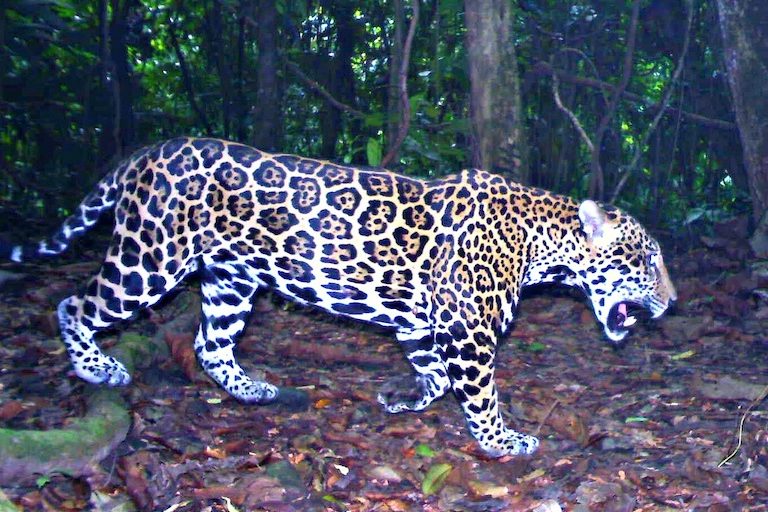
“The recorder is very basic, designed to be reliable and without a lot of ‘bells and whistles,’” Peter Wrege of the Cornell Lab of Ornithology, who helped design the Swift recording unit, told Mongabay in an email. “I am now coming up on four years of continuous recording using 50 of these and the performance has been outstanding.”
Wrege also helped train the Panthera team to use the Swift units at a workshop he ran in Guatemala in 2017.
“It is fantastic to see this initiative paying off,” he said. “Always very rewarding to see former ‘students’ keep going and using the knowledge we helped them to gain.”
Castañeda says the Panthera team also uses SMART, a free spatial monitoring and reporting tool commonly used by conservationists and anti-poaching teams. This software helps them keep track of the dates, times and locations of each patrol, which they cross-reference with the data from the acoustical recordings.
“Through acoustics and SMART, we are monitoring our own success, and when looking at our data we can see that indeed, our patrol teams are deterring poaching,” Castañeda said.
The recording units, which are usually attached to trees, can pick up sound within a 1-kilometer (1,100-yard) radius, according to Panthera. Gunshots are one of the easiest sounds to detect. The recorders can also pick up conversations, and even animal noises.
“We’re starting to use our data to learn more about wildlife because we’re recording all the sounds of mammals and frogs and birds,” Castañeda said.
Panthera isn’t the only conservation group using acoustical recording to help combat illegal activities in protected areas. Rainforest Connection (RFCx), an NGO that works to prevent illegal logging in rainforests, also uses acoustics to track species and keep a check on illegal activities.
“Large-scale conservation requires an automated and inclusive remote sensing system for monitoring species occurrence in real-time,” Chrissy Durkin, director of international expansion at RFCX, told Mongabay in an emailed statement. “Acoustic monitoring creates a game-changing capacity to expand the scope of biodiversity monitoring while simultaneously detecting threats.”

While acoustical monitoring has changed the way that Panthera conducts its anti-poaching patrols, it hasn’t necessarily fixed the poaching problem, says Castañeda.
“We need to increase our patrols,” he said. “We already know patrols are effective. But we know poachers are going in the park when our patrol team is not out there. So we need more patrol teams. We need to hire more rangers to keep the park protected 24/7, 365 days a year.”
Escobar is in agreement about the need for more patrols. In fact, she and Castañeda are currently working on a funding proposal to hire and train more rangers to work in both Guatemala and Honduras, they said.
“It sounds pretty obvious that we need more rangers,” Escobar said. “But now we have evidence that supports that this work is actually working. It’s having an important effect in the area. So that’s a big thing.”
This article by Elizabeth Claire Alberts was first published on Mongabay.com on 23 February 2021. Lead Image: Jaguar in Brazil. Image by Dagget2 / Flickr (CC BY-NC-ND 2.0).
What you can do
Support ‘Fighting for Wildlife’ by donating as little as $1 – It only takes a minute. Thank you.

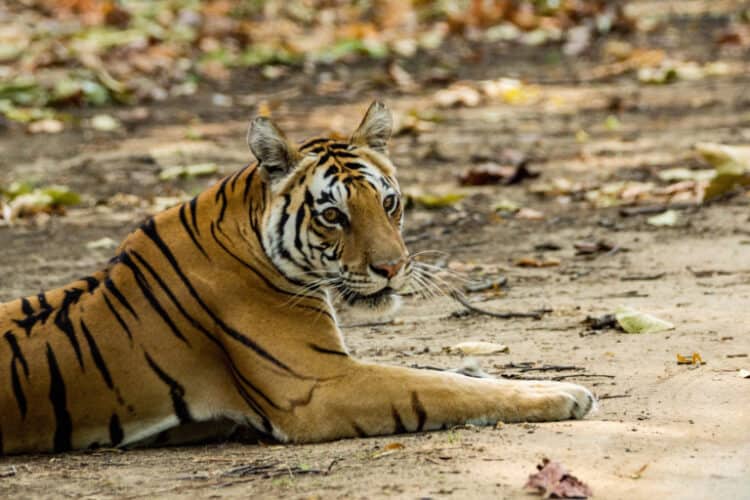

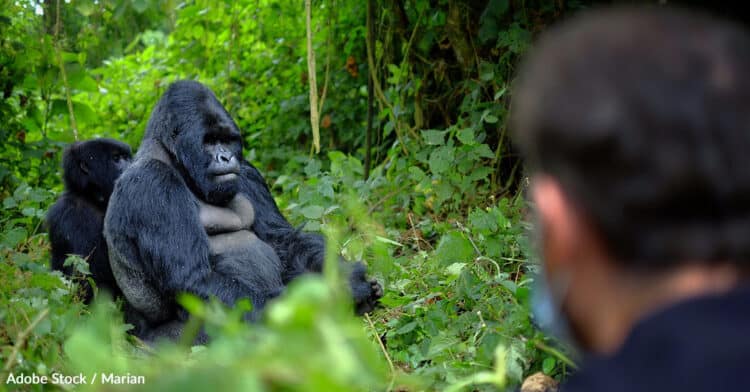
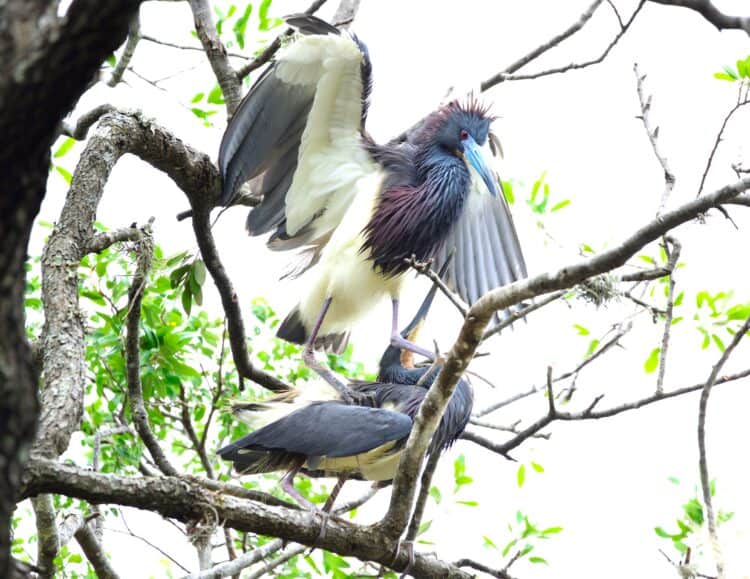
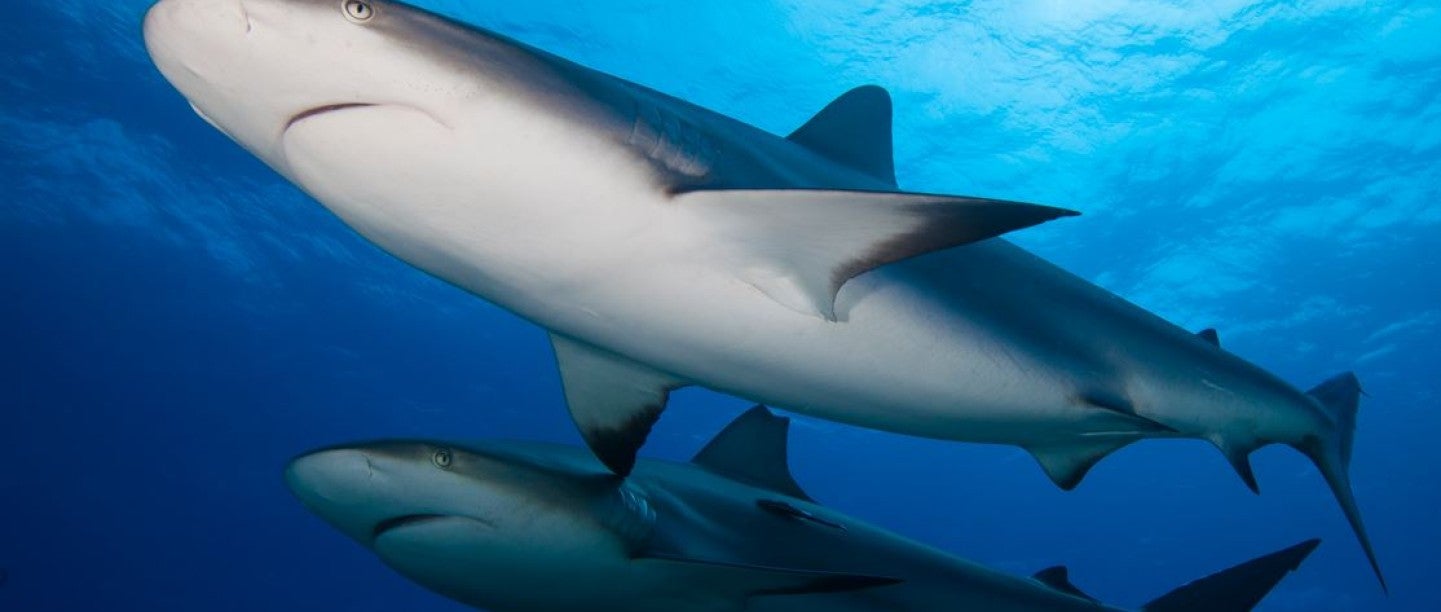
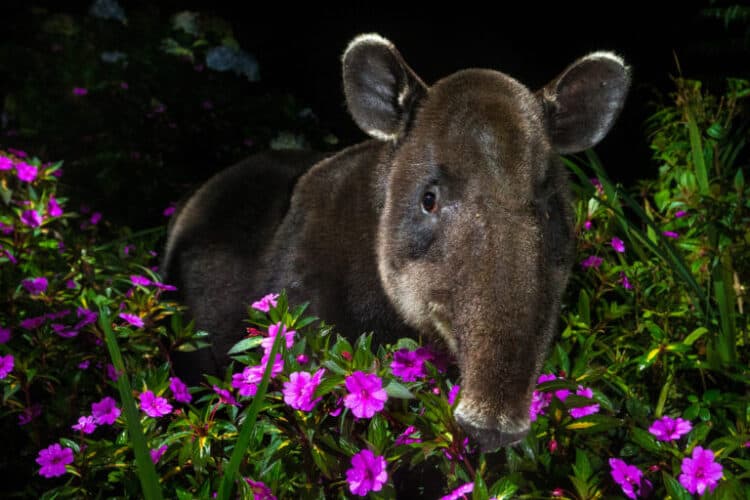
Leave a Reply